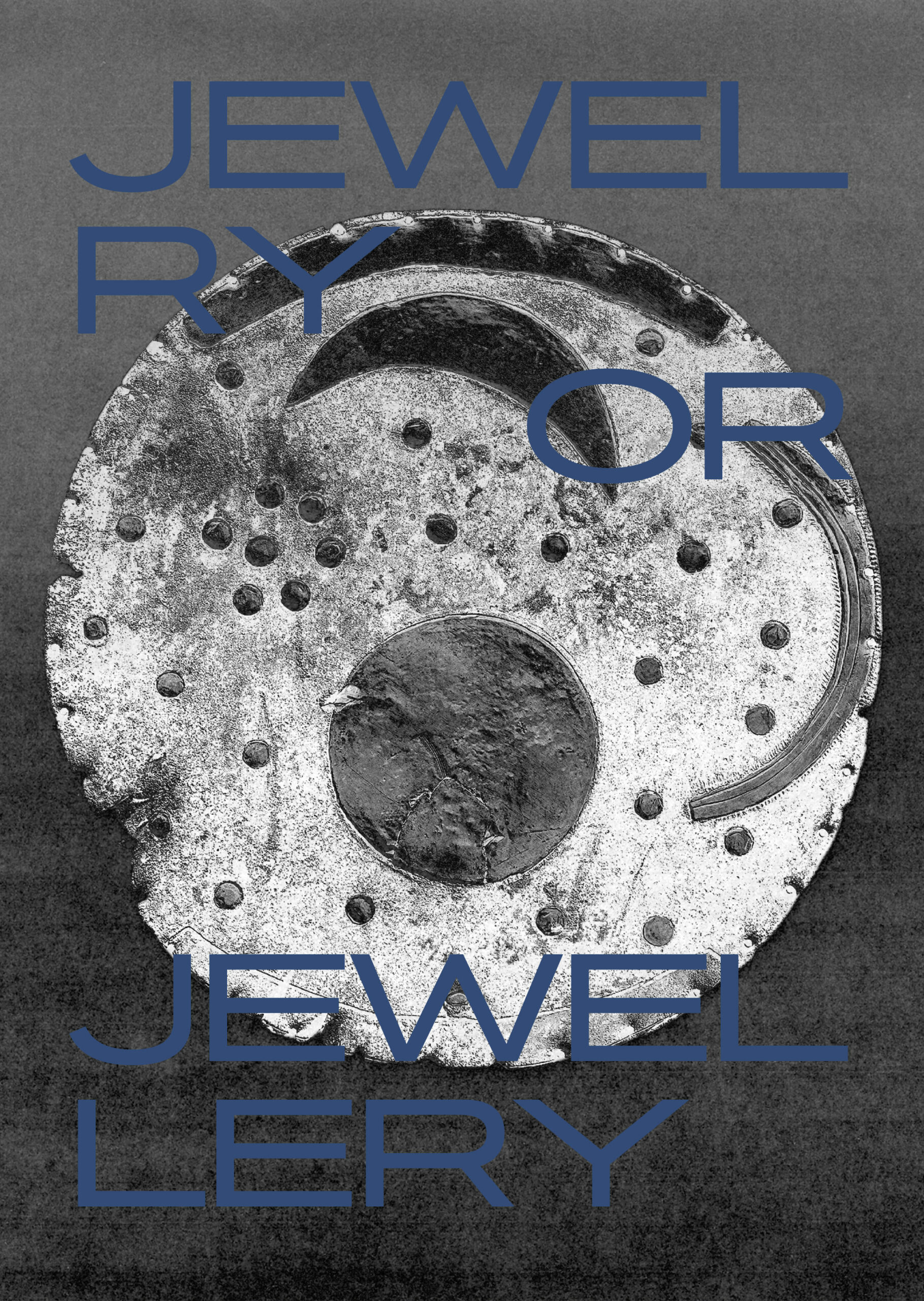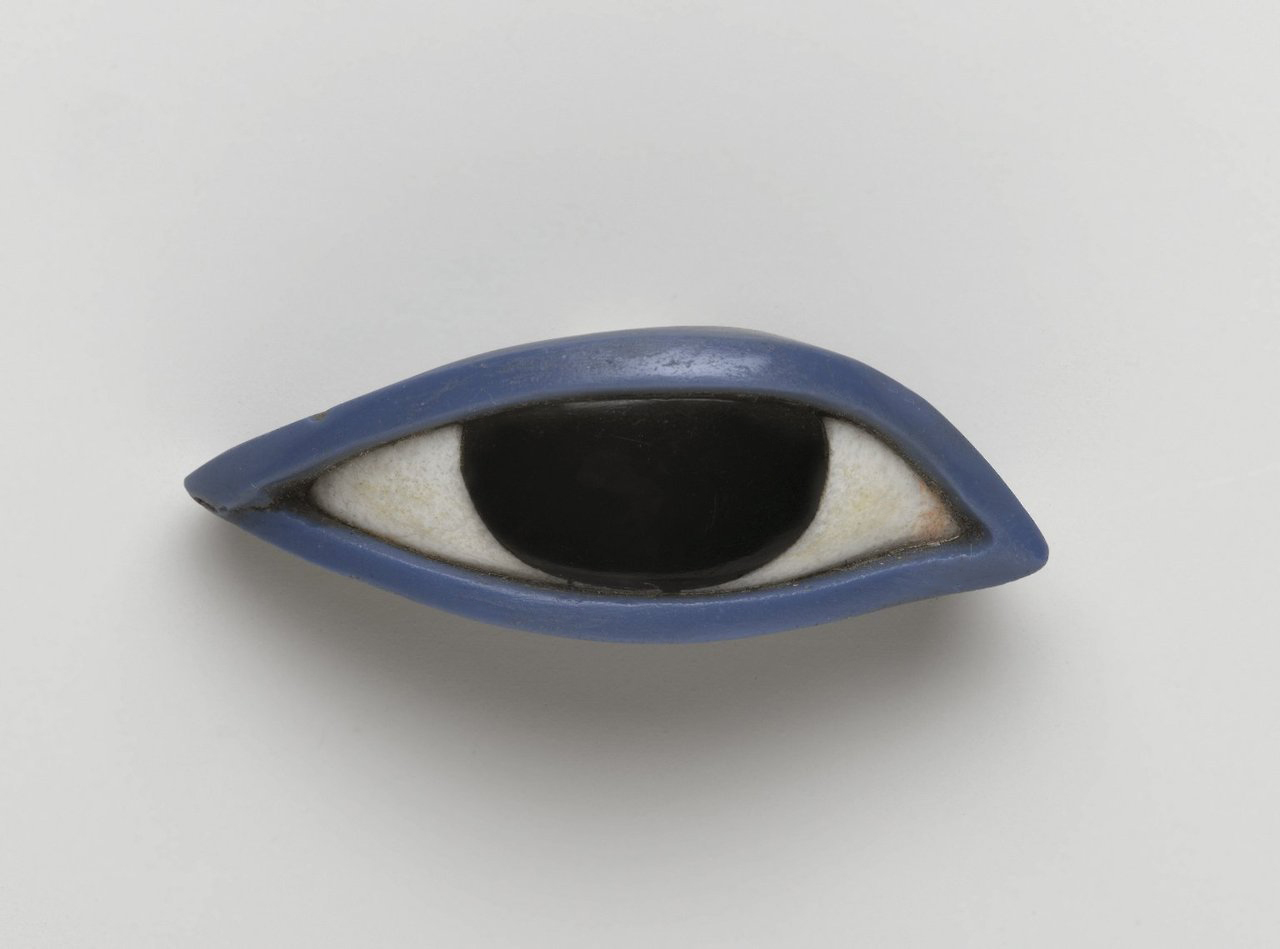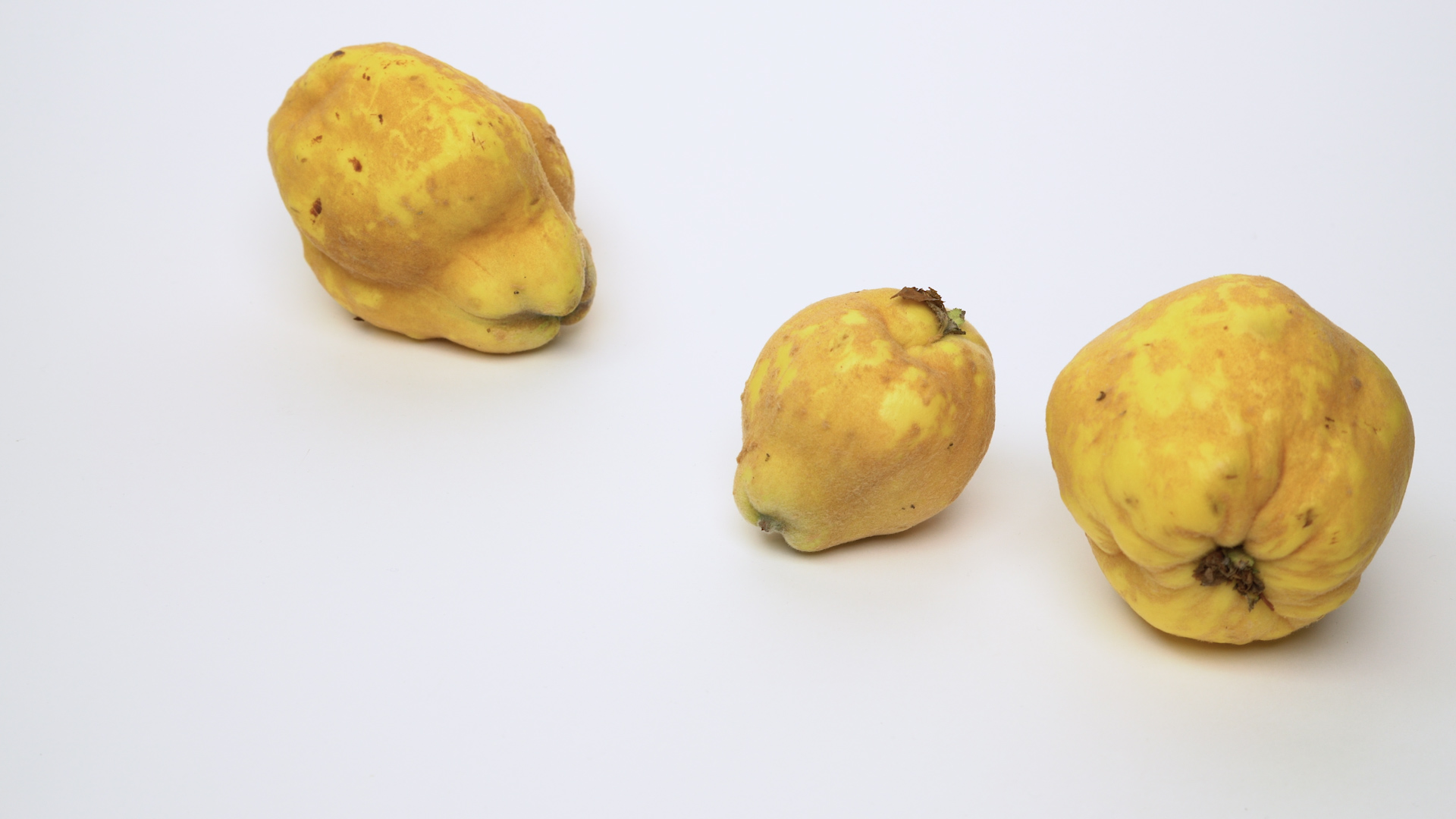The Illusion of a Pearl
Dutch painter Johannes Vermeer possesses an uncanny ability of capturing the moments in between moments from scenes of ordinary life. Best known as “genre” painting, his works of art recorded fleeting daily tasks, most notably in works such as Girl Reading a Letter at an Open Window (c. 1657) and The Music Lesson (c. 1665).
In “Girl with a Pearl Earring,” also known as the Dutch Mona Lisa, Vermeer shines a soft spotlight on an unknown female subject. The subtle light and shadowplay catch a temporal reflection on her bottom lip while her bulbous pearl drop earring is suspended like a low hanging lemon held in the shade of a citrus tree. It is a quiet study of facial gestures as she looks back over the shoulder of her golden jacket with her lips parted as though caught mid-sentence.
What is much lesser known is the likelihood that the titular pearl earring was perhaps not even a real pearl.
The girl is in near perfect focus as contrasted against the fuzzy background with the highs and lows of chiaroscuro to draw in the onlooker through her inscrutable gaze. As Dr. Jørgen Wadum, director of conservation at the Statens Museum for Kunst (National Gallery of Denmark) explains in an interview with Epoch Times, “He had to mimic an out-of-focus image to make you feel a stronger emotional attachment to that painting.” Indeed, our eyes are naturally learned to search for what is in focus so Vermeer knew exactly what he was doing.
What is much lesser known is the likelihood that the titular pearl earring was perhaps not even a real pearl. The turban worn by the girl is symbolic of the merchant class and the large pearl earring would have been a high ticket item at the time even for Vermeer. It was likely a glass or metallic bauble painted with an enamel or varnish to make it look like a pearl. In this way the painting was also a statement on social class, stereotypes and economics. The Director of the Mauritshuis Museum, Emilie Gordenker, was on point in describing the underworkings of the painting in the documentary film “Exhibition on Screen: Girl with a Pearl Earring” as leaning towards a portrait of a relationship than of a person.
He had to mimic an out-of-focus image to make you feel a stronger emotional attachment to that painting.
“Girl with a Pearl Earring” has made its way into novels, movies, fashion collections and countless other creative mediums. Peter Webber’s film version of Tracy Chevalier’s novel took the painting to the big screen with “Girl with a Pearl Earring” played by Scarlett Johansson. Art historians weren’t thrilled, but many believe that the maid in the book may have been Vermeer’s actual subject.
The last time the painting was restored took place in 1994 by Dr. Wadum, who was the chief conservator at the Mauritshuis from 1990 to 2004. During the conversation efforts in 1994, Wadum was in a climate-controlled glass room with complete transparency to the public. As Wadum explains, conversation efforts in southern Europe as compared to northern Europe take divergent approaches.
Southern Europe is more focused on retouching damage as opposed to removing all aged and yellowed varnish. Northern Europe, however, is partial to removing the varnish from all previous restorations and retouching the painting to be as close as possible to the original.
The girl is in near perfect focus as contrasted against the fuzzy background with the highs and lows of chiaroscuro to draw in the onlooker through her inscrutable gaze.
“Since the 19th century Western culture has been aestheticizing decay so much that a yellow varnish was considered as part of the original. But the yellow varnish can be damaging, as it becomes more acidic over time. It ages differently than paint, becoming stiffer and gripping the surface layers of paint. So it could peel off the paint to some degree,” Wadum explains.
Wadum’s approach to restoration lies in safely and painstakingly removing any traces of varnish from previous restorations to the extent of representing the most original form of the painting. In the 1994 restoration of “Girl with a Pearl Earring,” Wadum utilized materials that could be easily removed to streamline future restorations without damaging any portion of the artwork.
MORE EDITORIALS
| 01 |
 |
Aesthetics and Culture: The Difference Between Jewelry and Jewellery | CURIOSITIES | 13.02.2023 |

|
13.02.2023
Aesthetics and Culture: The Difference Between Jewelry and Jewellery |
|||
| 02 |
 |
Egyptian Eye from an Anthropoid Coffin | CURIOSITIES | 01.05.2022 |

|
01.05.2022
Egyptian Eye from an Anthropoid Coffin |
|||
| 03 |
 |
The Making of a Gold Rush Town | CURIOSITIES | 01.08.2022 |

|
01.08.2022
The Making of a Gold Rush Town |
|||
| 04 |
 |
The A to Z of Jewelry | CURIOSITIES | 25.05.2022 |

|
25.05.2022
The A to Z of Jewelry |
